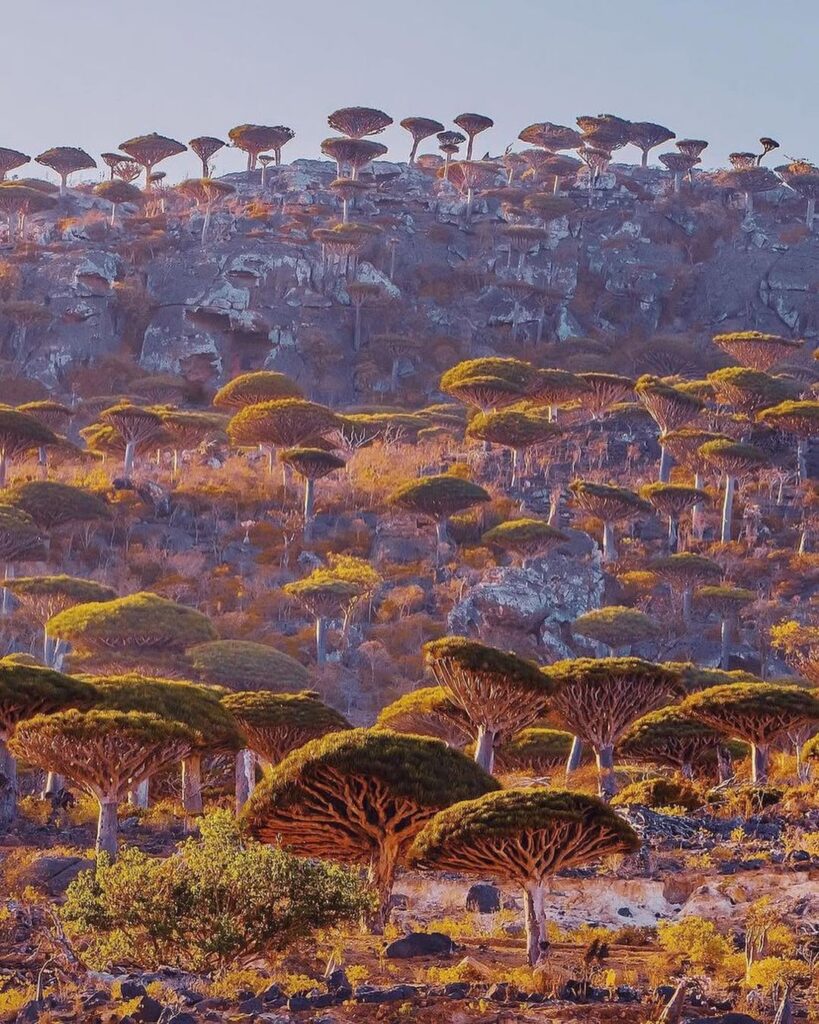Socotra: The Hidden Gem of the Arabian Sea

Socotra Island is one of the most enchanting tourist destinations in the world, located in the Indian Ocean about 350 km off the southern coast of Yemen. This unique island has been listed as a UNESCO World Heritage Site since 2008, thanks to its exceptional biodiversity and rare plant and animal species found nowhere else on Earth.
Stunning Nature and Rare Plants
Socotra is home to more than 700 species of endemic plants and animals, the most famous being the iconic Dragon’s Blood Tree with its distinctive umbrella-shaped crown. The island also boasts pristine white sandy beaches and crystal-clear turquoise waters that attract swimming and diving enthusiasts from around the globe.
Diverse Tourist Activities
Visitors to Socotra can enjoy mountain hiking, camping adventures in the wilderness, exploring natural caves, and engaging in water sports such as diving and surfing. The island is also a paradise for photographers, offering breathtaking landscapes that combine the sea, mountains, and desert.
Best Time to Visit Socotra
The best time to visit the island is between October and April, when the weather is mild, and the winds are ideal for marine activities. During this period, travelers can experience the island’s most beautiful natural scenery and explore coastal villages that preserve their authentic traditions.
Getting to the Island
Socotra can be reached via flights from Sana’a or Mukalla airports, with limited connections available from some neighboring countries. It’s recommended to book flights and accommodation in advance, as tourism facilities are relatively limited compared to other destinations.
Why Socotra is a Unique Destination
Socotra is not just an island—it’s a living natural masterpiece that blends mountains, beaches, and rare vegetation. It’s a perfect getaway for adventure seekers, nature lovers, and travelers looking for a peaceful escape far from the noise of modern cities.